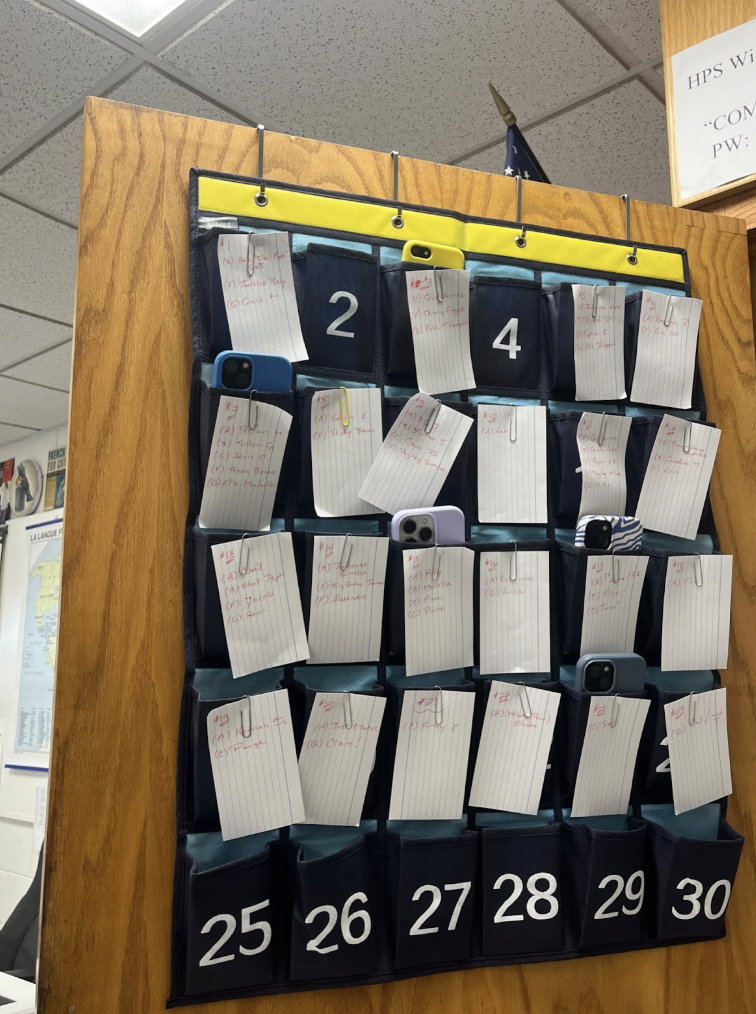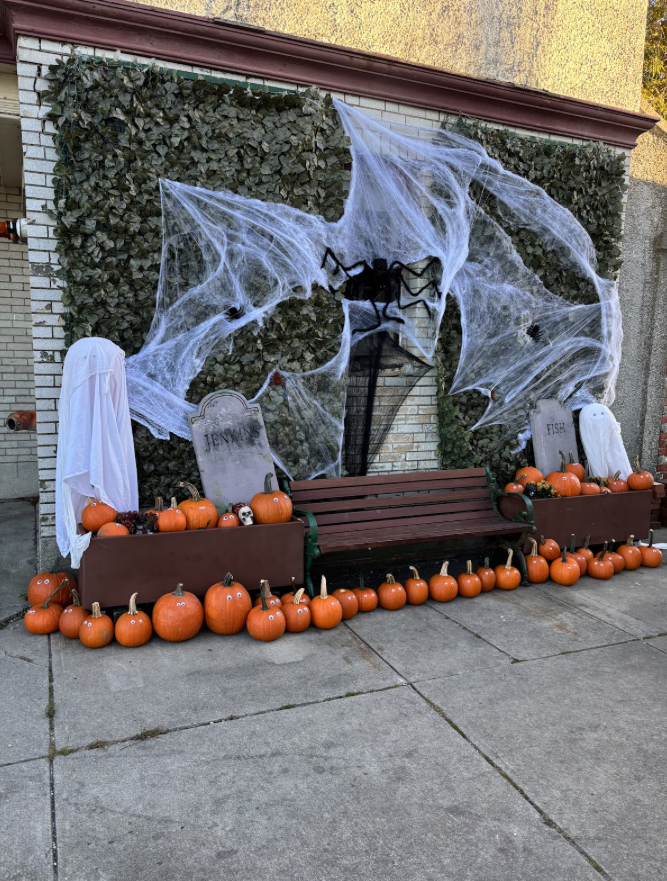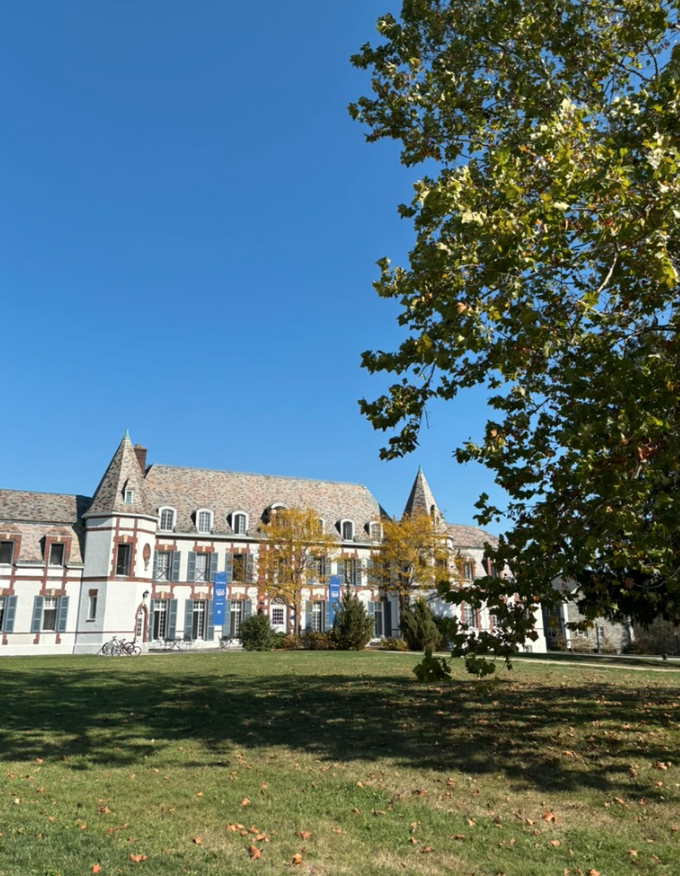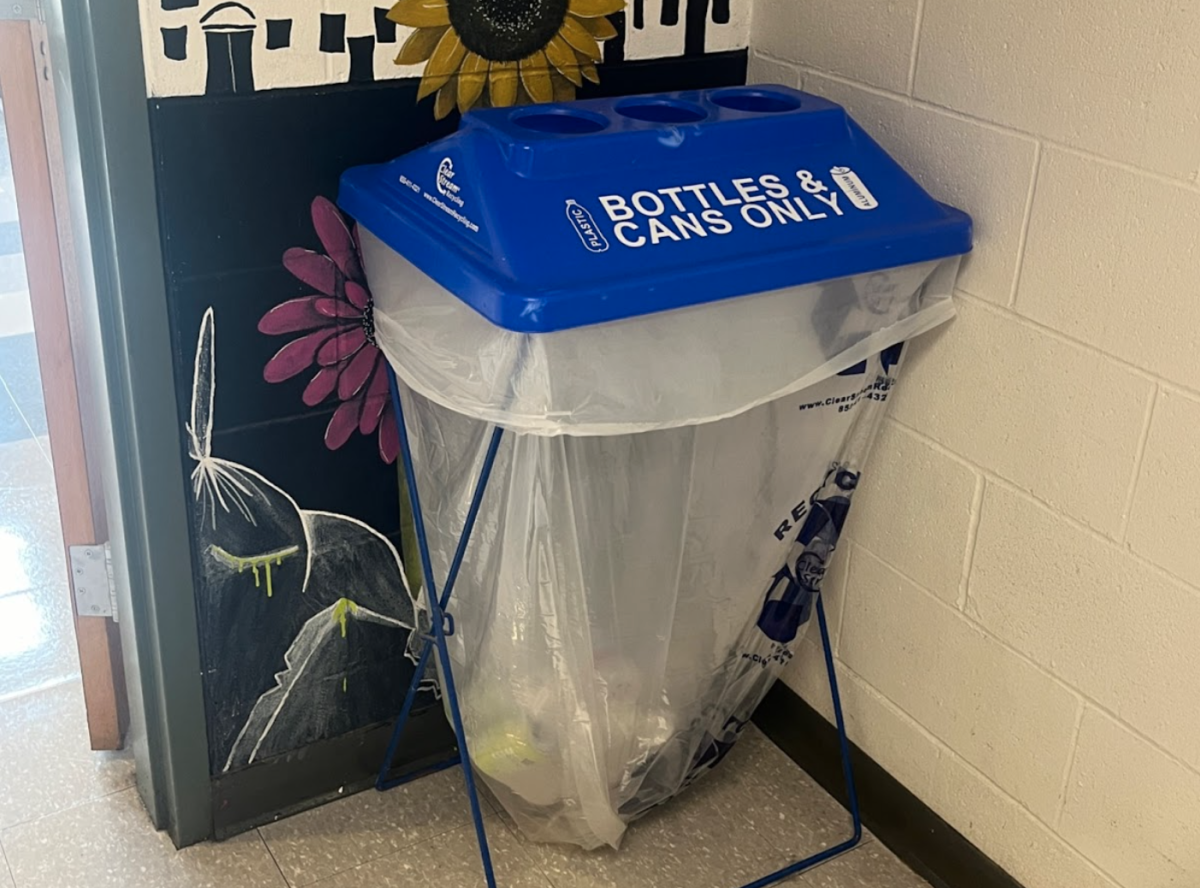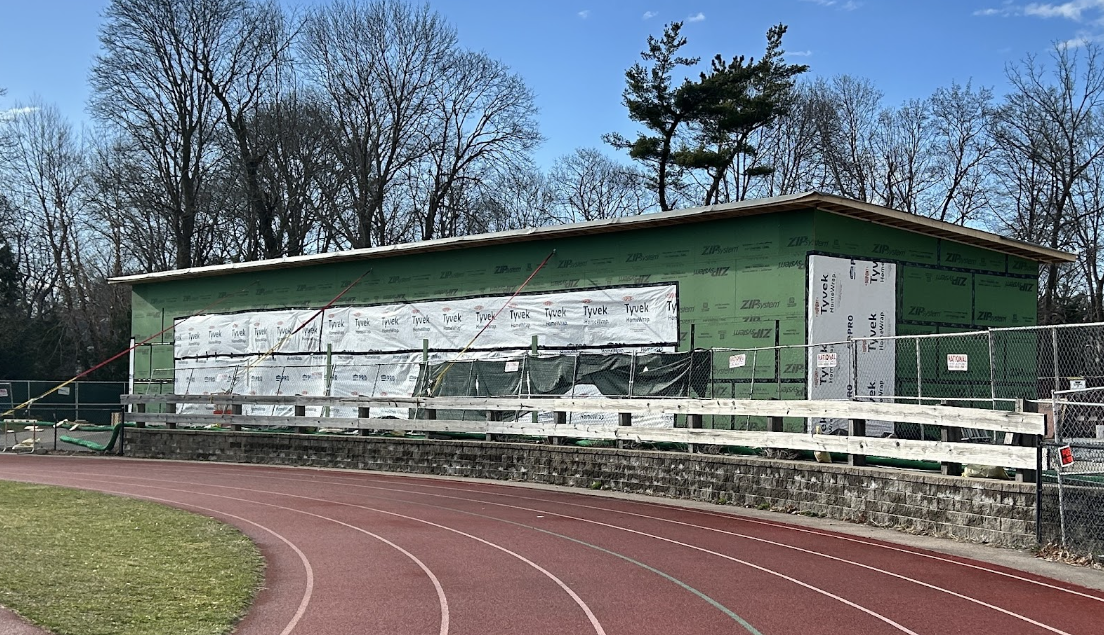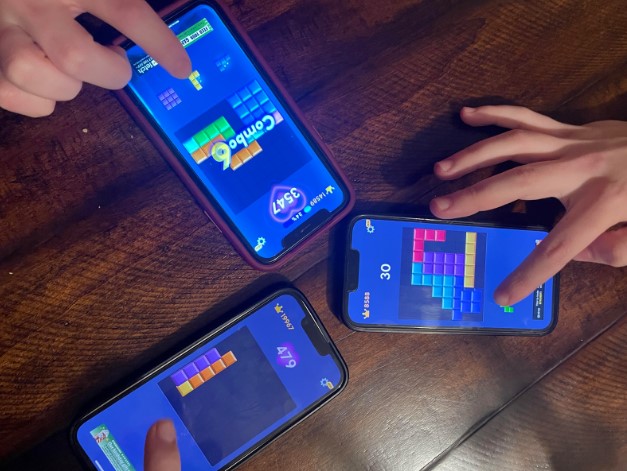As the weather becomes warmer this time of year, the question “Why can’t we go outside?” is often discussed among students. Rather than being trapped in the humid, musty school for 7 hours without pause, students, justifiably, want to spend some of their day in the fresh air. Furthermore, HHS has two closed off courtyards that, if treated properly, would be ideal for outdoor time for students. They are completely enclosed, so students would not be able to leave school premises, and could easily have picnic tables installed for students. Junior Gabe Tesler explains that “sometimes it is difficult to spend the entire day inside so a change of scenery could definitely help a good thing for everyone.” Tesler continues that “spending the entire day in fluorescent lighting is very bad for our brain health so getting outside could help us reset.” Students always look forward to venturing outside for classes, so a more permanent outdoor fixture would surely please most students.
Study halls seem to be an obvious option as to when students can go outside. Study halls are independent work periods for students, which, according to my observation, only some students truly take advantage of. These students productively work through assignments, reducing their at-home workload after school. However, another sizable portion of students spend their study halls on their computers or phones playing games, texting, or doom-scrolling, the term which has come to mean mindlessly scrolling TikTok or a similar platform for long periods of time. If many students are already not productive during study halls, wouldn’t it be more beneficial for them to spend the time outside rather than staring at screens?
Allowing students to spend time outdoors during study halls would reduce stress as well as reduce screen time. As mental health has consistently become more of an issue over the last decade or so, outdoor time would drastically reduce stress, which would encourage increased productivity across the rest of the school day. In a similar light, screen time has also become a serious issue recently; an outdoor study hall would reduce many students’ screen time substantially.
Permitting students to venture outdoors for study halls would encourage reduced stress, which would be massively beneficial for the stressful, jam-packed high school experience. Many students have schedules in which they do not have any time to decompress or relax for over 12 hours. Beginning as early as 7 AM, they may have a before-school club meeting, followed by six-and-a-half hours of nonstop school, broken up only by a 27 minute lunch break. After school, students may have a sports practice or game, a rehearsal, or a meeting with a teacher, which may not end until 6 PM or later, adding up to 12 hours of non-stop activity. However, our brains are fragile. They are not supposed to work for 12 hours without stopping. And after 2-4 additional hours of homework, students seem to lack any time to decompress. All of that said, spending time outside during a study hall, even just 20 minutes, would greatly reduce this stress, according to a study from the National Institute of Health. Junior Dylan Vale states that going outside “would help me relieve stress and keep my mind off school for a few minutes.” This would be such a simple implementation that would have a magnificent effect on so many students.
Furthermore, outdoor study halls would reduce pesky screen time, which continues to rise year after year for students. When students are trapped at a desk for an hour and don’t want to work productively, they essentially have no options other than using a device, whether that be their phone or their computer. However, going outside would be a much healthier alternative. Oftentimes, students are scrolling social media, which has been found to be an extreme contributor to stress. Therefore, going outside would reduce this screen time and by direct causality, also student stress, as discussed above. Additionally, HHS is unfortunately notorious for lackluster climate control, oftentimes leaving the building extremely hot and unpleasant. Junior James Dubois, echoing this sentiment, says “I have to study G block and by that time, my study room can be very hot, so it would be nice to be able to enjoy the fresh air while getting homework done.”
Yet, that might be where this argument meets its end. Massachusetts law requires that high school students must complete 990 hours of “structured learning time” per year. And if you do the math, noting that neither passing time nor lunch contributes to “structured learning time,” you will find that Hingham students have 5.5 hours per day, meaning they achieve exactly 990 hours of “structured learning time,” and no more. Notably, study halls do contribute to this learning time. However, it would be extremely challenging to justify that outdoor free time during a study hall should be considered “structured learning time.” Therefore, it’s very probable that this change will never occur.
Despite the immense mental and emotional health benefits that would surely come from permitting students to venture outside during study halls, the stringent Massachusetts learning requirements mean that this change will more than likely never happen. Students must continue to look forward to their two “Breathe-Out Days” per year, in which various games and activities are brought outside and any teacher may bring their class outside. To all the parents and teachers, encourage your kids/students to complete their homework outdoors or run around for a few minutes everyday. The effects of such a small action would be very substantial.







